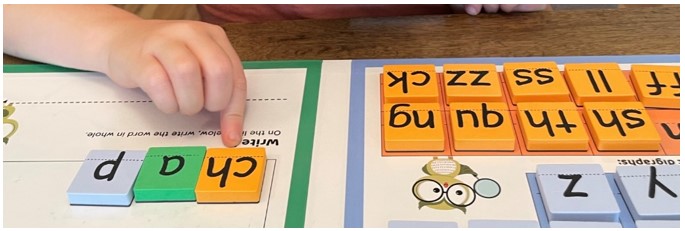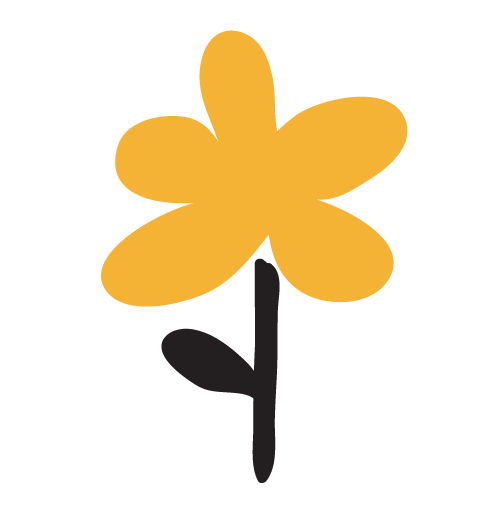
The Essentials
Phonemic Awareness:
A taught skill
The ability to identify and manipulate all the individual sounds (phonemes) in spoken words.
Grapheme-Phoneme Correspondence:
A taught skill
The ability to match the correct letters to their corresponding sounds.
For example, knowing the /ch/ sound is normally represented by the letters <c> and <h> together as <ch>.
Blending and Segmenting:
A taught skill
Blending phonemes: putting sounds together to form a whole word.
For example, /sss/, /aaa/, /nnn/, and /d/ should be blended to "sand" not "snad".
Segmenting phonemes: pulling a whole word apart into its individual sounds.
For example, when writing the word "slam", you need to segment each part correctly as /sss/, /lll/, /aaa/, and /mmm/.
Word:
A meaningful unit
A word is a sound, or combination of sounds, that has a meaning and can be spoken or written.
Phoneme:
The smallest spoken sound
A phoneme is an abstract unit of the phonetic system that corresponds to a set of similar speech sounds.
For example, the /k/ of cool and the /k/ of kite are identified as a single phoneme.
Grapheme:
Letter(s) that represent a phoneme
A grapheme is the letter or letter combinations that represent a phoneme.
The letter <p> alone in English words often makes the /p/ sound as in “pig”.
The letters <c> and <h> together can represent the /ch/ sound in “chop”. They can also represent different phonemes, such as /k/ in “school” or /sh/ in “parachute”.
Vowel:
Represents an open sound
A vowel represents an open sound and said without friction in the mouth. In English, there is a vowel sound in every syllable of a word.
There are six vowels:
a, e, i, o, u and sometimes y
<Y> is sometimes a vowel, as in the word “my” although it also sometimes acts as a consonant, as in the word “yes”.
Consonant:
Represents a closed sound
A consonant represents a speech sound that is formed by obstructing air flow in the mouth to some degree.
The majority of letters of the alphabet are considered consonants.
Digraph:
Two letters that represent one phoneme
When two letters combine to make one distinct sound, such as /ie/ in “pie”.
Trigraph:
Three letters that represent one phoneme
When three letters combine to make one distinct sound, such as /igh/ in “high”.

By combining letters in different ways, the 26 letters of the alphabet can represent 44 phonemes in the English language.

